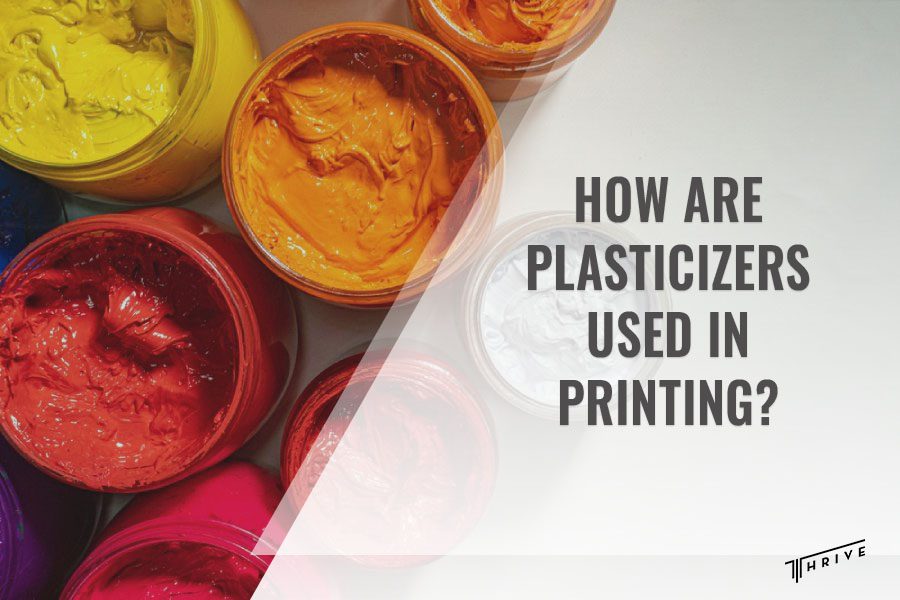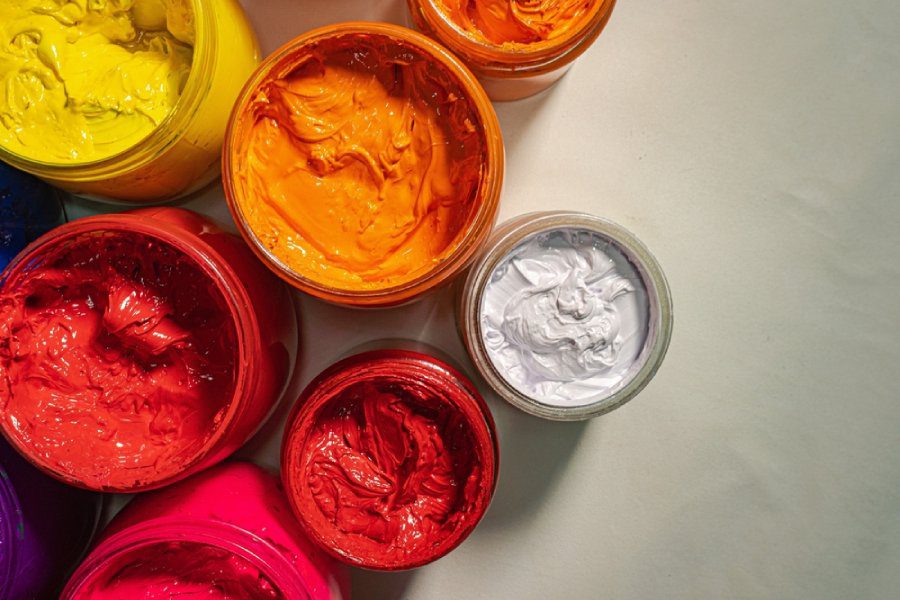
Plasticizers are substances whose primary role is to make a substance softer, more flexible and increase its plasticity. They are essential components in substances in many industries, one of which is printing. So, how are plasticizers used in printing?
As experienced screen printing experts, we know the contents of the inks we use by heart. Let us share with you what are plasticizers used for, and teach you about their essential role in the printing process.
How Are Plasticizers Used in Printing?
Plasticizers are substances or solvents that have different applications, from rubber and concrete to inks, paints, sealants, and adhesives. Generally, their role is to increase the plasticity of the substance they are added to while reducing its viscosity.
But what is the role of plasticizer in ink? Plasticizers are a crucial component of inks that increases the flexibility and pliability of the dried print.
They are typically added to brittle inks and paints. Examples include solvent inks and other ink types that tend to dry by evaporation. Quality inks and paints contain plasticizers to minimize the cracking and loosening of the printed colors.
In our experience as the top screen printing company, we have learned that plasticizers have a more specific role in printing ink. In addition to giving elasticity, plasticizers are also used for:
- Minimizing discoloration at high temperatures
- Increasing gloss
- Improving freeze resistance
What is plasticity in screen printing inks?
Plasticity is a crucial feature of screen printing inks. It is defined as the ink’s ability to adapt and deform when exposed to external forces without cracking or losing its integrity during the printing process. In screen printing, plasticity contributes to printing accuracy.

How Does Plasticizer Work?
The basic principle of how plasticizers work is that they embed themselves between the polymer chains, or simply the particles of the material. Plasticizers have molecules that take over the chain’s mobility control. Consequently, the intermolecular forces that hold the particles together are decreased, making the material softer and more flexible.
What Types Of Plasticizers Are Typically Used in Printing?
There are various kinds of plasticizers. In the printing industry, we commonly use three plasticizer types: phthalates, benzoates, and citrates.
Phthalates are typically added to substances to increase their longevity, transparency, and flexibility. Different phthalate plasticizers vary according to their DINP percentage and Shore hardness. For instance, plastisol inks have extremely flexible phthalate plasticizers with 86% DINP content and less than 10 Shore hardness.
Benzoates are also a common type of plasticizer used in various applications, including printing inks. They are popular because of their fast-fusing properties, resistance to stains, and low moisture sensitivity.
Lastly, citrates are renowned for their high flexibility, even in low temperatures. They don’t have any odor and are colorless, making them perfect for screen printing inks.
Conclusion
Plasticizers are used in different substances, including inks. So what have we learned? How are plasticizers used in printing? They are essential components of inks used in screen printing, and their role is to increase the flexibility and pliability of the ink and contribute to more durable prints. Typically, you can find them in inks that dry by evaporation, such as solvent and plastisol inks.

Robert Fisher is the founder and CEO of Thrive Screen Printing and brings extensive experience in the screen printing and fulfillment industry.

